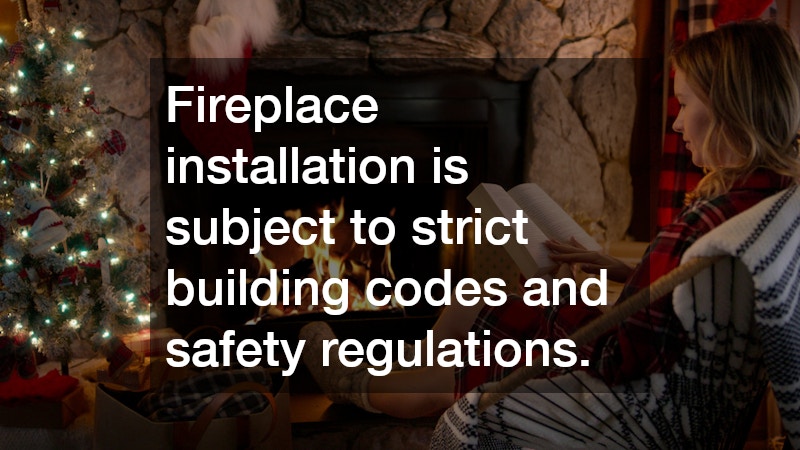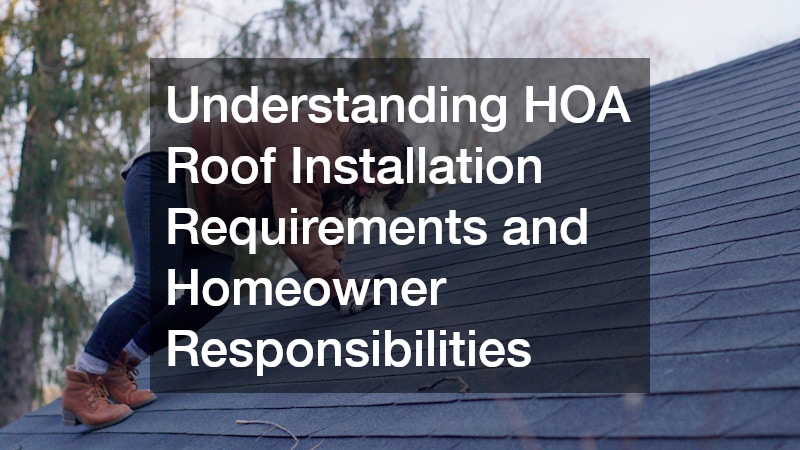How to Install a Fireplace: Tips From a Local Fireplace Company
A fireplace is more than just a source of warmth; it’s a centerpiece that can transform a home’s atmosphere, adding both comfort and value. Whether you’re considering a traditional wood-burning fireplace or a modern gas or electric model, proper installation is crucial for safety, efficiency, and long-term performance. To help homeowners navigate this process, we’ve gathered essential tips from local fireplace experts, ensuring that your new addition is both beautiful and functional.
Choosing the Right Type of Fireplace
Before installation begins, it’s important to determine which type of fireplace best suits your space and lifestyle. Wood-burning fireplaces offer the traditional charm of crackling logs and natural heat but require a chimney, regular maintenance, and careful attention to fire safety. Gas fireplaces, on the other hand, provide convenience and cleaner operation, with the ability to turn them on and off at the flip of a switch. Electric fireplaces are a flexible option, ideal for areas without ventilation requirements, and they offer a range of aesthetic features such as adjustable flames and heat settings. Consulting with a local fireplace company can help you weigh the pros and cons of each option, ensuring your choice aligns with your home design and heating needs.
Preparing Your Space
Proper preparation is essential for a smooth fireplace installation. Begin by selecting the ideal location in your home, taking into account both aesthetics and practicality. Consider how the fireplace will integrate with your existing furniture, lighting, and overall floor plan. For wood and gas fireplaces, you’ll need to ensure adequate clearance from combustible materials, such as walls and flooring. Installing a fireplace on a level, sturdy surface is crucial to prevent any structural issues later on.
In addition, check your home’s electrical and ventilation systems. Gas fireplaces require a supply line, while electric models need a nearby power outlet. Wood-burning fireplaces require a chimney or flue that meets local building codes. Many homeowners underestimate the importance of this step, but a well-prepared space can save significant time and reduce installation complications. Local fireplace companies often offer site assessments to ensure your home is ready for the type of fireplace you choose.
Understanding Local Codes and Permits
Fireplace installation is subject to strict building codes and safety regulations. Failing to comply can result in fines, voided warranties, or even dangerous situations. Before starting any work, check with your local municipality to determine what permits are necessary. Certain types of fireplaces may require inspections, venting approvals, or compliance with emissions standards.
Working with a local fireplace company can simplify this process, as experienced professionals are familiar with regional requirements and can handle permit applications on your behalf. They can also ensure that your installation meets safety standards, including proper clearances, venting, and fireproof materials. Taking the time to follow code requirements not only protects your home but also gives you peace of mind knowing your fireplace is safe for daily use.
Gathering the Right Tools and Materials
Successful installation requires having the appropriate tools and materials on hand. Common tools include a drill, level, measuring tape, screwdriver, and safety equipment such as gloves and goggles. Materials vary depending on the type of fireplace but often include fire-resistant insulation, venting pipes, brackets, and finishing materials such as stone, brick, or tile.
For gas fireplaces, you’ll need access to a gas line and the proper connectors. Electric models may require additional wiring for integrated controls or outlets. Wood-burning fireplaces involve more extensive preparation, including chimney liners, dampers, and hearth components. A local fireplace company can provide guidance on which materials are essential for your specific installation and ensure that all components meet safety standards.
Step-by-Step Installation Tips
While installation details vary depending on the type of fireplace, there are general steps that apply to most projects. Begin by following the manufacturer’s instructions carefully, as each model has unique requirements. For gas and electric fireplaces, position the unit in the chosen location and secure it to the wall or floor according to specifications. For wood-burning fireplaces, ensure the hearth is level, the chimney is properly lined, and all clearances are observed.
Next, connect the necessary utilities. Gas fireplaces require a secure gas connection, while electric units need proper wiring to handle the load. Wood-burning fireplaces should be inspected to ensure the flue and chimney are unobstructed. Once connections are complete, install any finishing materials, such as a mantel, surround, or tile. Taking your time during this stage ensures a polished look that complements your home’s style.
Safety Considerations
Fireplace installation is inherently risky, especially with wood-burning and gas units. Proper safety precautions are essential to prevent fires, carbon monoxide exposure, and other hazards. Always use fire-resistant materials around the fireplace, maintain adequate clearance from combustible objects, and ensure proper ventilation. Smoke and carbon monoxide detectors should be installed near the fireplace for added safety.
Hiring a professional fireplace installer is highly recommended, even for experienced DIYers. Local experts have the knowledge, tools, and experience to prevent common mistakes and address potential safety concerns. They can also provide guidance on long-term maintenance, helping your fireplace operate safely and efficiently for years to come.
Enhancing Your Fireplace with Finishing Touches
Once your fireplace is installed, you can focus on aesthetic enhancements that make it a focal point in your home. Options include decorative mantels, stone or brick surrounds, and built-in shelving or seating areas. Consider your home’s overall design theme when selecting materials and finishes to ensure the fireplace blends seamlessly with the surrounding decor.
Lighting can also enhance the fireplace experience. Recessed or accent lighting can highlight the hearth, while dimmable overhead lights create a cozy ambiance. For gas and electric fireplaces, adjustable flame settings allow you to customize the look and feel of your fire. Local fireplace companies often offer design consultations to help homeowners create a fireplace that is both functional and visually striking.
Regular Maintenance for Longevity
Proper maintenance is key to keeping your fireplace safe and efficient. Wood-burning fireplaces require regular chimney cleaning to prevent creosote buildup, while gas fireplaces benefit from annual inspections to check for leaks and ensure proper operation. Electric fireplaces are low-maintenance but should be periodically cleaned and checked for any electrical issues.
A local fireplace company can provide maintenance services or recommend a routine that suits your specific fireplace type. Regular care not only prolongs the life of your unit but also ensures consistent performance and safety. Homeowners who invest in maintenance often find that their fireplace remains a reliable centerpiece for years, providing warmth and charm through every season.
Installing a fireplace is a rewarding project that adds warmth, style, and value to any home. By selecting the right type of fireplace, preparing your space properly, following local codes, and prioritizing safety, you can ensure a successful installation. Consulting with a local fireplace company brings expertise and peace of mind, helping you avoid common pitfalls and achieve a beautiful, functional centerpiece. With the right planning, tools, and care, your new fireplace will be a source of comfort and enjoyment for years to come.




